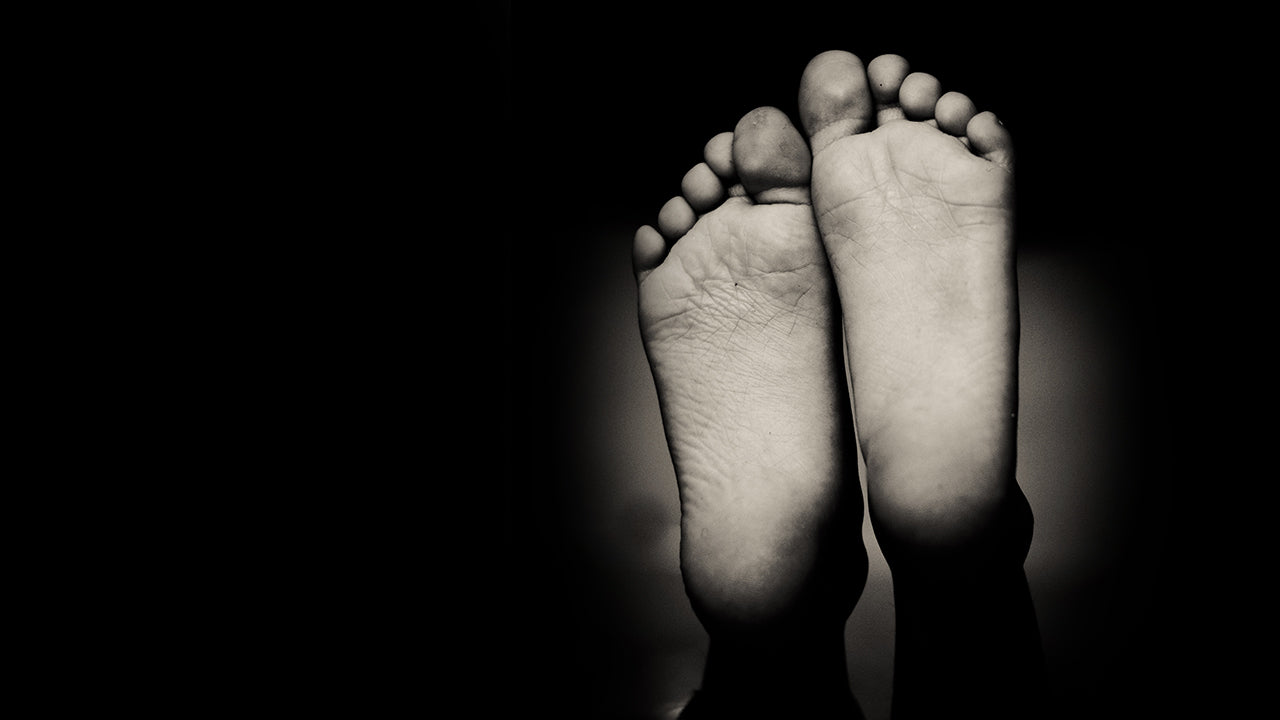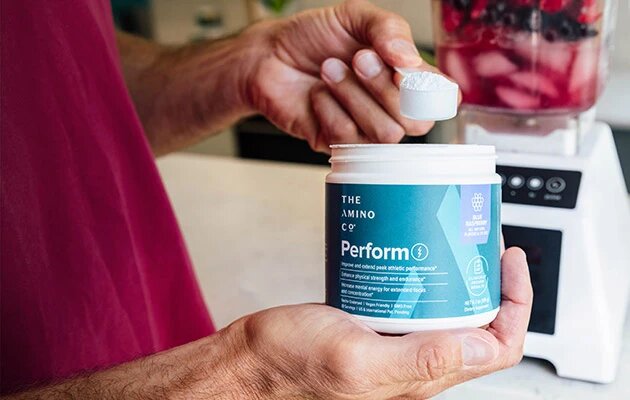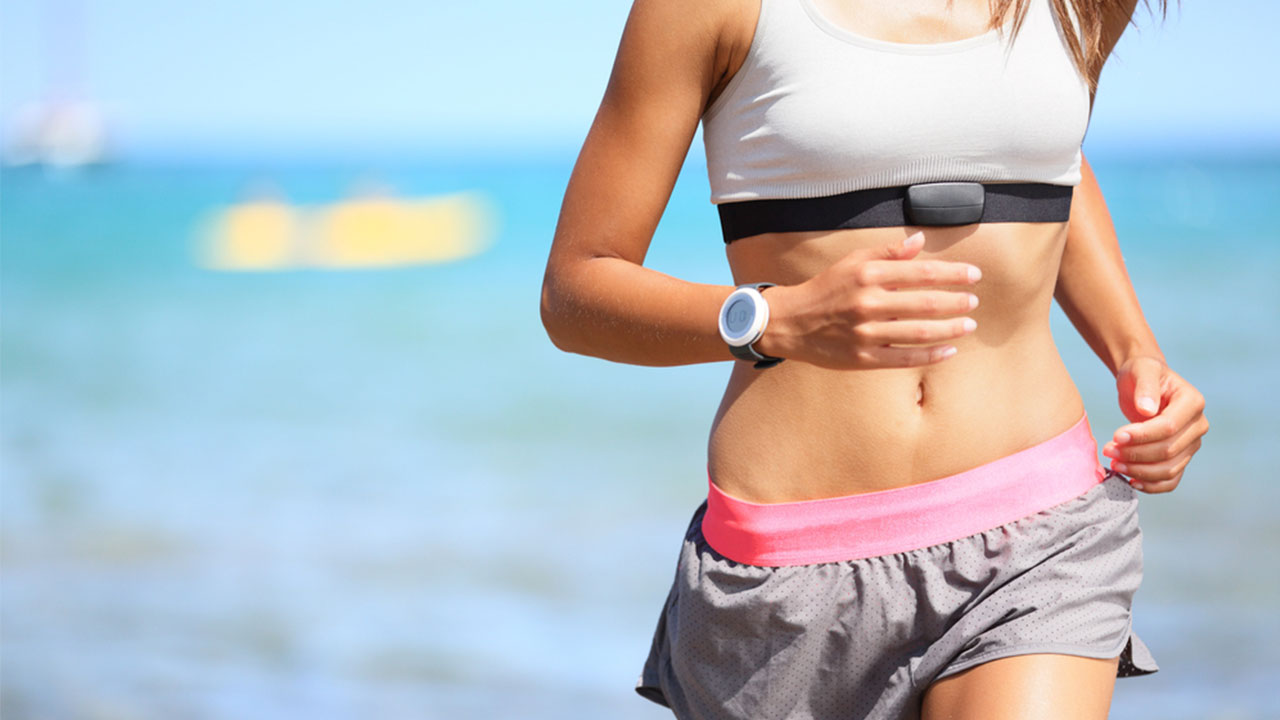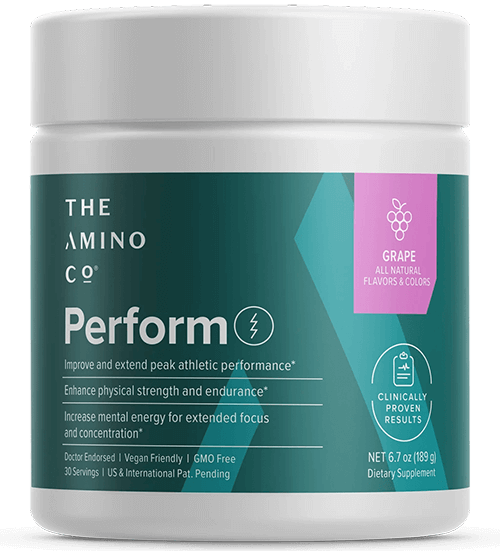What’s Good for Athlete’s Foot? We’re Glad You Asked!
 By: by Amino Science
By: by Amino Science

What is athlete's foot? A fungal skin infection that settles in the cracks of your toes and creeps onto your foot as a scaly, itchy, burning rash.
Here’s something you might not know about athlete’s foot—the fungus that causes it also causes jock itch, ringworm, and toenail fungus. That means when you’re infected with athlete’s foot (tinea pedis), which is the most common type of tinea infection, you’re at great risk of spreading it to other parts of your body if left untreated. It’s a terribly unpleasant scenario and concurrent infections aren’t uncommon. So, let’s get clear on the symptoms, causes, and what’s good for athlete’s foot.
Athlete’s Foot Symptoms
Athlete’s foot is a fungal infection that eats away at the skin, especially between the toes, and can lead to cracks and even bleeding. Each time a person with athlete’s foot picks at it, they’re at risk of spreading it to whatever they touch next.
Because the skin becomes crumbly and flaky, it’s human nature to want to pick it off. The best way to remove the flakes is to wash your feet thoroughly with soap and hot water (washing your feet twice a day is a good idea if you have athlete’s foot).
Other symptoms of athlete's foot include an itching or tingling between your toes even before the skin becomes flaky. Once it does flake, athlete’s foot can become painful as the skin cracks open between the toes.
Left untreated, athlete's foot fungus jumps from toe to toe, and can even begin to creep upward onto the foot and onto the bottom of it. The cracks can begin to discharge a yellow substance. When this happens, call a doctor.
Also call a doctor if the fungus does not go away within a month of beginning over-the-counter treatment, or if the foot becomes swollen, warm, or displays red streaks (a sign of spreading infection).
Mayo Clinic even describes a variety of athlete’s foot called “moccasin” as “chronic dryness and scaling on the soles that extends up the side of the foot. It can be mistaken for eczema or even dry skin.”
Athlete’s Foot Causes
Athlete’s foot thrives in warm, damp environments, just as tinea of the toenail enjoys that warm spot under your nail button. Locker rooms and swimming pools are the quintessential athlete’s foot breeding grounds, thus the fungi’s name. Wear sandals whenever you're at public pools or using public showers. And always wash your socks daily, especially after exercising. Trade in cotton socks for athletic socks made with sweat-wicking fibers to keep your feet free of fungi.
Treating Athlete's Foot
Most medications used for athlete's foot treatment can be purchased over the counter. Some, however, require a doctor’s prescription. Visit a doctor if your rash does not improve after a few weeks of self-care. A doctor's visit is especially important if you have diabetes and notice any accompanying signs of a secondary bacterial infection, like fever, extreme redness, drainage, or swelling.
Antifungal Creams and Foot Powders
According to Medline Plus, antifungal medications used to treat athlete's foot include miconazole, clotrimazole, terbinafine, and tolnaftate.
A 2013 study published in the journal Cutis showed a new antifungal cream called luliconazole worked well at treating athlete's foot even among those with hardy strains. Of the patients who used the 1% antifungal cream for a month, nearly 47% knocked the fungus out completely.
A 2016 study published about luliconazole in the journal Infection and Drug Resistance concluded luliconazole may be a good choice for patients who have trouble sticking to a treatment plan. That’s because the study claims topical luliconazole can cure athlete’s foot in about half the time that bifonazole can.
Oral Antifungals
Oral antifungals are used for stubborn infections and can take up to 8 weeks to work. Side effects can be severe, including liver damage and heart failure. Pregnant women shouldn’t use oral antifungal medications.
Ozonated Water with Oil
Ozonated water has greater antibacterial powers than chlorinated water. One small study of 60 patients showed that ozonated water with oil was effective at curing athlete’s foot. After 4 weeks, only 1 patient of 30 still had athlete’s foot in the ozonated water group.
Six still had athlete’s foot in the control group, meanwhile. Those patients were treated with the antifungals naftifine hydrochloride and ketoconazole.
Isodon Flavidus Miao Medicinal Plant
A study published in the journal Ethnopharmacology determined that the Isodon flavidus Miao medicinal plant has strong antifungal properties that “provide strong evidence for the Miao people to use I. flavidus as a medicinal plant for the treatment of athlete’s foot disease.”
Home Remedies for Athlete's Foot
Battling athlete's foot? Look in your pantry for these staple home remedies.
Tea Tree Oil
This essential oil, scientifically known as Melaleuca alternifolia, is shown to have antibacterial and antifungal properties. Researchers from Royal Prince Alfred Hospital in Australia found that 25% and 50% solutions of tea tree oil significantly improved the symptoms of athlete's foot in test subjects.
To use tea tree oil for athlete's foot, add a few drops to naturally antibacterial coconut oil and apply to your feet.
Garlic and Baking Soda
Another natural antifungal, garlic is a side-effect free (apart from the odor) home treatment for athlete's foot, as is everyone's favorite home remedy, baking soda. Give your feet some TLC with a garlic foot bath. Crush 4 garlic cloves and add to warm water along with a half cup of baking soda. Soak your feet for 15 to 30 minutes 2 times a day for a week.
Hydrogen Peroxide and Iodine
Germ busters peroxide and iodine are heavy-duty fungi fighters. Mix hydrogen peroxide with iodine solution in a large bowl. Generously soak a cotton ball with the mixture, and then apply to affected areas.
This home remedy for athlete's foot comes with a few notes of caution:
- It's messy and can stain and bleach hair and fabrics.
- Peroxide is irritating to broken skin.
- Iodine can harm skin if not diluted.
What’s Good for Athlete’s Foot
If you want to know what’s good for athlete’s foot, it’s prevention. Once you get the fungus cleared up with treatment, all you have to do is keep from getting it again. If you're prone to athlete's foot, sprinkle antifungal powder on your shoes on a regular basis.
A strong immune system can go a long way in warding off hostile invaders like fungus. Keep yours thriving with Amino Co essential amino acid supplements.


Up to 25% off Amino
Shop NowTAGS: conditions natural cures
Join the Community
Comments (0)
Most Craveable Recipes




 833-264-6620
833-264-6620



















